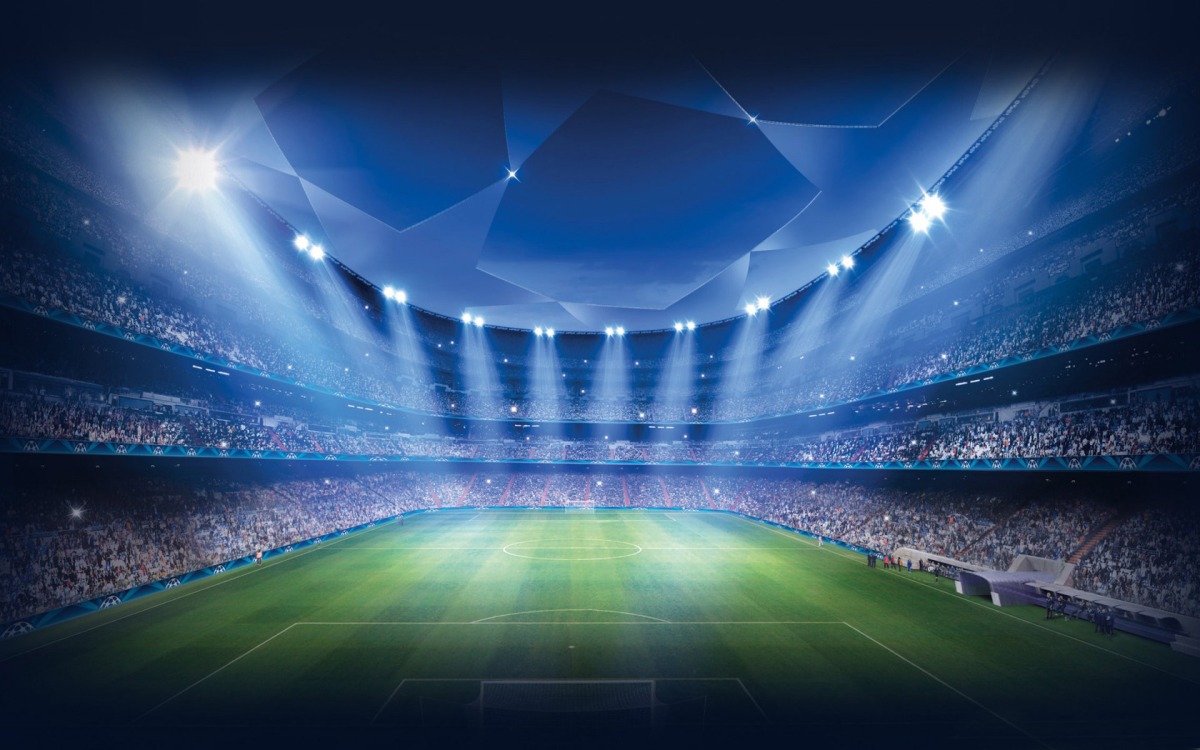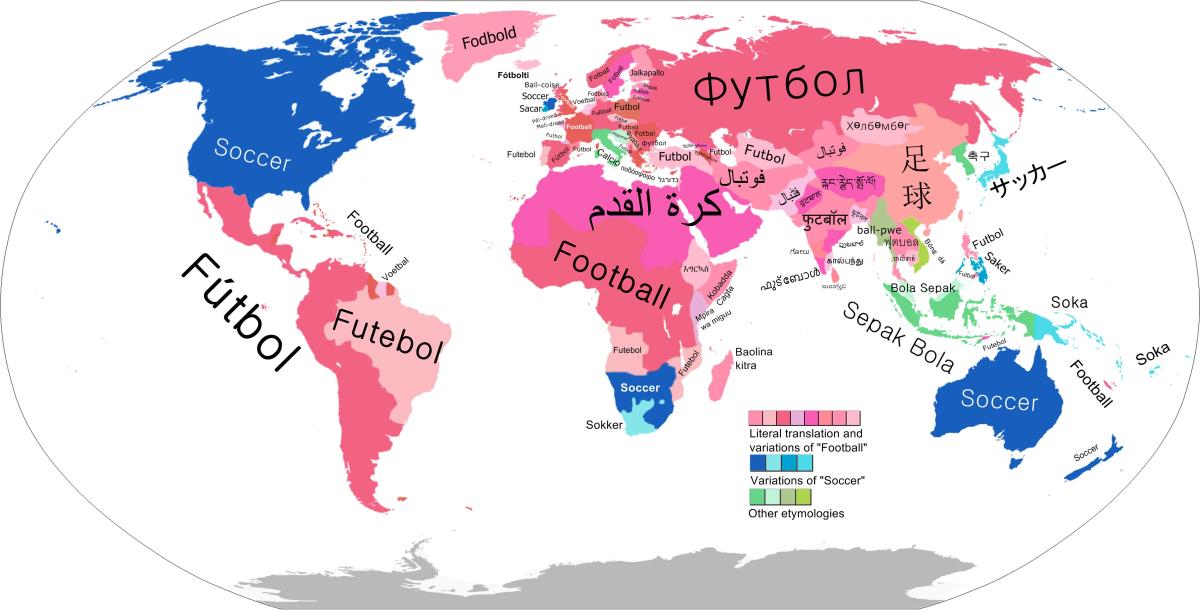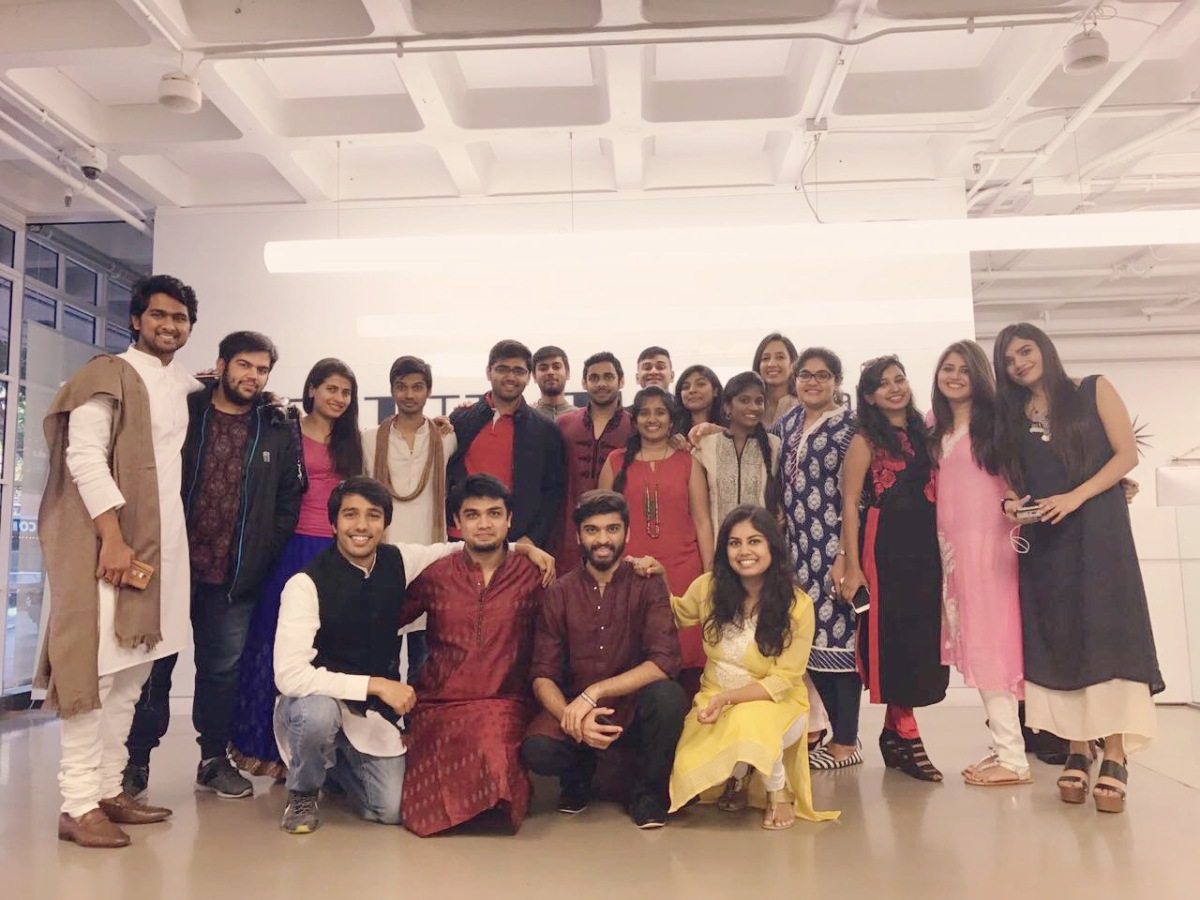By Vishnu Subramanian, MIB San Francisco
Globalization is best understood today as a tendency towards the growing intensity, velocity and deepening impact of worldwide interconnectedness. Globalization can be conceptualized as a fundamental shift or transformation in the spatial scale of human socio-organization that links distant communities and expands the reach of power relations across continents. Hence, it is associated with a shift in the scale of social organization, the emergence of the world as a shared social space, the relative deterritorialization of social, economic and political activity, and the relative denationalization of power. This article attempts to illustrate that the sport of soccer is a case in-point of how the globalization phenomenon has affected several different aspects of the way we live, for better or for worse.
Soccer: The Sport
Soccer, known internationally as football, association football or footy, is a sport played between two teams of eleven players with a spherical ball. The game is generally played on a rectangular field of grass, with a ‘goal’ in the middle of each of the opposite short ends. The objective of the game is to score by kicking the ball into the opposite goal, and the team that scores the most goals by the end of the match wins. The Laws of the Game were originally codified in England by The Football Association in 1863 and have evolved since then. Today, soccer is governed internationally by the International Federation of Association Football (FIFA; French: Fédération Internationale de Football Association), which also organizes the FIFA World Cup every four years.
The international expansion of soccer however, picked up pace in the twentieth century, with the demise of colonialism and the emergence of the developing world. The number of national soccer associations affiliated to FIFA grew from a mere 7 in 1904, to a massive 194 nations by the year 1994. By the turn of the 21st century, the sport was being played by over 240 million players of both sexes, in over 200 countries. Furthermore, it had over 3 billion fans all over the world; easily making it both the world’s most popular and most widespread sport.
The reasoning behind soccer’s comparative success and popularity is not very difficult to find. First of all, soccer does not require much equipment and is comparatively low cost for players. Second, a casual game of soccer can be played on almost any open area of reasonable size with just a ball and improvised items to mark the positions of the two sets of goalposts. Third, its rules are relatively easy to understand. Above all else, the rules of soccer regularly make for fast, open and fluid play, and for a gameplay, which is finely balances itself among a number of interdependent polarities, such as force, skill, the transitions between individual and team play, and attack and defense
Soccer played at the top professional level has a ‘ballet-like’ appearance and that, together with the colors of the players’ uniforms, further help explain its spectacular appeal. Of course, other sports possess some of the above characteristics, but soccer is arguably the only sport to have them all. Soccer is hence widely known in popular culture as ‘The Beautiful Game’, not only because of its wonderful simplicity, but because of the high degree of skill and teamwork it requires. Yet it also offers a seemingly limitless scope for improvisation and artistry on the field.

Globalization in Soccer
From advertisers to spectators, soccer embodies globalization like no other sport. Similarly, for players, soccer embodies globalization like no other profession. Professional and semi-professional soccer players can offer their services to soccer clubs in a number of different countries, and within reasonable limits, for whatever price they wish. Top professional soccer players in today’s world make salaries of millions USD per year, plus whatever additional endorsements they may receive.
Likewise, the market for professional soccer players is, by far, the most globalized labor market in the world today. For example, soccer players from developing nations, such as Brazil and Nigeria can find employment in Europe or Japan far easier than even highly-skilled professional engineers or surgeons. Professional soccer clubs and teams have also benefited from this process by being able to scout for talent from a wider area of the world. To many of the best teams in the world, especially in Europe, this worldwide process of scouting for talent, sometimes right from the grassroots level, is seen as essential to the success obtained from building a ‘complete’ team, with different players excelling in one or more of the several different skill-sets a modern day soccer player needs. Traditionally, these skill sets are associated with different regions of the soccer world; ball control and dribbling are regarded as South American soccer traits, technical and mental attributes like vision and passing range are best found in players from Spain and Portugal, strength and stamina are physical traits generally associated with players of African origin, while pace is seen in the European way of soccer. Therefore, prominent clubs scout these regions heavily for rising talent and advise these young players to have trials with the club’s academies, generally in Europe, where their abilities can be assessed in much more detail. In that sense, soccer provides a clue as to what this new world of mobility, often talked about in globalization lectures, largely unhindered by the presence of national borders, would look like. A classic example is the European Champions League match between the English Merseyside club Liverpool FC and the Spanish capital club Real Madrid FC in March 2009, when the number of Spanish players in Liverpool’s team outnumbered those playing for Madrid.
Effects of Globalization on Soccer
IMPROVEMENT IN THE QUALITY OF THE SPORT
Although there are no easy ways to quantify the process, most long-term observers agree on the fact that the quality of several aspects of the sport have improved in the decades following globalization of the sport, with the majority of improvements occurring in the late eighties and the early nineties. Changes in training and coaching methods, for example, have led to increased stamina and fitness in the players. As such, professional soccer players are almost no longer comparable to ordinary men and women in terms of their strength and endurance levels. Soccer players from the most successful, title-winning professional clubs are some of the most dynamic athletes in the modern world. This has been made possible due to a number of factors, like increased scientific awareness applied to the players’ lifestyle, the way they stretch before and after training, and even their diets, which are now extremely well controlled.
Another important point worth mentioning is the insistence of the most successful soccer clubs that the training policies and methods implemented for the club’s players should begin early, right from the youth level if possible. Soccer youth academies like FC Barcelona’s famous La Masia are famous all over the globe for their educational soccer philosophies. Clubs like Manchester United FC and Arsenal FC have helped spread the concept of ‘Soccer Schools’. Not only do they help the club train and develop youngsters into the soccer superstars of tomorrow, the youngsters are crucially blooded into the system right from that early age, allowing them to seamlessly slot into the senior team when the time comes. This eliminates the need for any additional adaptation period and allows for almost instantaneous settling. Players raised through this kind of system have openly admitted that the success their teams enjoy stems from an almost telepathic link that develops between soccer players who have played with each other since the age of nine.
So, what’s being witnessed in modern-day soccer is not only higher quality in individual talent, but also huge improvements in co-operative team play and collective understanding of the game, a testament to the lasting fact that soccer, is after all, a team game. Here, globalization combined with commercialization, has led to better quality of the game, which in economics, is tantamount to ‘greater output’.
CONCENTRATION OF THAT QUALITY
Increased global mobility of players, combined with a growing global capitalist system, where richer clubs can buy the best players without salary caps, transfer fee restrictions, loss percentage limits and other restrictions, has led to concentration of the quality of soccer to a higher extent than ever witnessed before. While most grassroots clubs and lower division league teams struggle even to make ends meet, the big clubs can make a lot of money. Teams such as Manchester United and Real Madrid are considered among the richest in the world with a global support base. Further, in 2008, Manchester City FC became the richest club in the world after being bought out by the Abu Dhabi billionaire Sheikh Mansour bin Zayed Al Nahyan.
The catalyst for this change was the arrival of satellite television. Satellite TV companies paid massive sums for the rights to cover soccer matches, and in turn have recouped this investment from the many fans who are unable to watch the game in person. This benefits the “hardcore” and “casual” fan as they have more choice of which game to watch. However, not all clubs do well out of television money. Clubs in lower leagues receive less money for matches and, if promoted to higher leagues, can have trouble matching the spending power of bigger clubs. This leaves them more likely to be simply relegated again. Soccer clubs from smaller countries also have a problem with this issue. Due to their smaller population base, they receive less money from television rights. This means they are relative paupers in comparison to clubs from the bigger countries, and this can lead to debt problems if they try to match spending in trans-national competitions. Even when these clubs become successful, as in FC Porto’s case winning the UEFA Champions League 2003-04, the players tend to get sold off to clubs from bigger nations due to financial pressures.
The inequality caused by concentration of top quality in a small, elite group of teams from the most popular soccer nations has led to a domino effect, or a vicious cycle of success. A handful of the richest soccer teams buy the best soccer players with the money that they have, collect the most high-caliber trophies, thereby boosting their popularity and enhancing their international reputation and fan base. This again, leads to increased revenues and TV rights, and the income generated is used to purchase high-level soccer talent again, showing that each of these processes is a part of a continuous cycle, that only seems to be making the rich clubs richer and the relatively poor clubs even more so. Globalization and commercialization here have led to a greater concentration of winning clubs, which is tantamount to ‘greater inequality’.

SOCIETAL CONSEQUENCES
Such is the popularity of soccer that some players become better known for their ‘off-the-pitch’ activities. The celebrity status is such that advertisers and sports goods manufacturers hire them to sponsor their products. The Brazilian soccer legend Pelé is one such example. He was so greatly admired as a player during his time that he later went on to become a UNICEF ambassador, as well as being a spokesman in advertisements for many different companies. Soccer players, especially those at the top levels of the game, have become role models for people. The game itself has now been glamorized, with many children practicing the game and aspiring to the wealth shown off by top soccer players.
In many countries, soccer has ingrained itself into the national culture, and many parts of life revolve around it. Many countries have daily soccer papers and magazines. Soccer fans in England carefully plan their leisure time and even work in order to accommodate the changing and ever busier schedules of professional soccer. The mood of regions and countries has also seen to be connected to soccer. Victory in a major tournament often brings great happiness to the local community or country.
Conversely, defeat can lower spirits and in extreme cases, can even be connected to mortality in the population. This characteristic of soccer being embedded into culture has also been used by successful clubs around the world as an additional source of income, and the arrival of new investors in the market due to globalization reflects the reality that even soccer clubs have moved on from traditional streams. Such movement into non-traditional revenue streams has sometimes contributed to a surprising share of the club’s profits. Major soccer clubs like Manchester United FC are global brands in their own right today, and sell millions of replica shirts and other club accessories to a global market whose demand never seems to stop rising. Soccer’s impact on society and the economy is so huge that even when during the World’s Economic Crisis Years of 2008-09, replica shirt and related soccer accessory sales remained almost unaffected. The immense worldwide popularity of soccer has also been used by Electronic Arts (EA) for its EA Sports FIFA video game series. FIFA 17, the most recent edition of the series, sold more than a million copies in the UK in its first week of release making it one of the biggest sports videogame launches of all-time according to EA.
CONCLUSION
The sport of soccer has highlighted to the world what globalization can do both at a personal and community level; including both the pros and cons of the process. Globalization has made the world into a competitive arena where the worthier succeeds and incentives are very much output based. Soccer has also implemented a basic feature of globalization: each and every one regardless of their origin, religion, culture, ethnicity and race can compete and participate at the same level, and can work in harmony together, thus uniting the world in a way. However along with the pros, globalization also brings to the bargain the cons of the capitalist system. For example, only the richer clubs in soccer which can invest more have higher market shares, better players and more of a following. Therefore, keeping in mind the globalized nature of soccer and the way in which this game has helped in bringing the world together, we should try to incorporate the positive ideas of a globalized sport into our daily lives as students of an international business school and try to eliminate the cons which might creep into the process.







